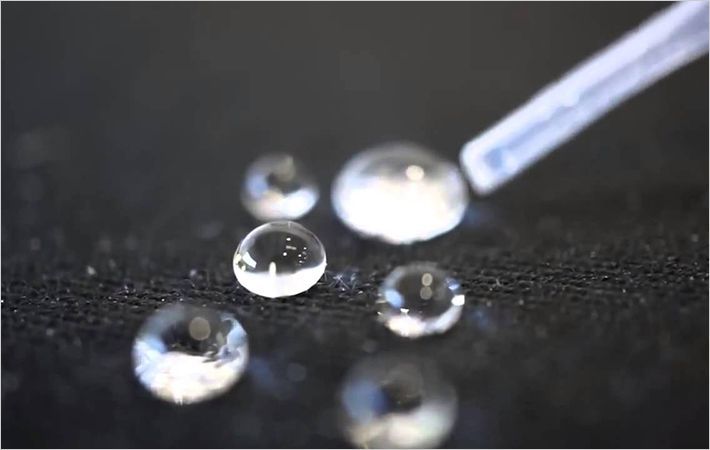Women with plus-size figures made a start two years ago – now it is time for men with large standard clothing sizes to have extensive measurements taken so the data can be scientifically evaluated in the framework of a research project (AiF no. 17460 N) at the Hohenstein Institute in Bönnigheim. The aim is to provide the clothing industry with a solid basis for future design and product development for men's plus sizes, helping to avoid fitting problems.
For many years now the average body measurements of the general population have been showing a tendency towards larger sizes. Data for men's plus sizes had never been recorded and examined which means that the clothing industry until now lacked well-founded data about this group. Pattern development in the industry is therefore based on empirical experience values which - particularly with regard to fit - cannot fully meet the requirements of this target group. New body measurement tables which include additional measurements especially for men with larger sizes are meant to remedy this. The prerequisite are sound data which are determined using state-of-the-art 3D scanner technology. Women with plus-size figures made a start two years ago – now it is time for men with large standard clothing sizes to have extensive measurements taken so the data can be scientifically evaluated in #
Due to a lack of information the body measurements for large sizes were until now extrapolated from the proportions of small and medium sizes. The homogeneity of the proportions decreases with increasing body volume, though. This results in strongly differing body shapes which have to be taken into account when implementing ideal fit and good wearing comfort for large sizes.
This applies especially to the development of mannequins for large sizes which can be used to verify the realistic fit of a garment. That is why the current research project also develops medium 3D bodies which reflect the profile of sizes and types of builds and for the first time provide a realistic representation. This is important progress with regard to the manufacturing of mannequins for fit verification but also for 3D design and simulation systems which also depend on the quality of the virtual bodies to a great extent.
For the first time the Hohenstein scientists have also studied the links between morphology and clothing physiology data. The aim is to determine in how far larger men differ from their slimmer peers in terms of sweat and heat generation. The deduction of important guide values of clothing physiology such as breathability and heat insulation are of great interest for the prospering market of functional textiles.
The data from the research project are an important supplement to the results of the German serial measurement campaign SizeGERMANY. Project manager Simone Morlock is therefore asking interested companies to take part in the project early on: 'The data from the project 'Large sizes for men' are available for all companies. Through active participation in the project they can also gain a time advantage for access to body measurement tables, body shape analyses, information about proportional distribution, virtual shape models etc.'
This information will then allow optimised pattern design suitable for the requirements of plus-size men. The socio-demographic data including details about market shares of the individual standard clothing sizes are also essential for creating the best possible range for manufacturers and retail companies.
Hohenstein Institute

